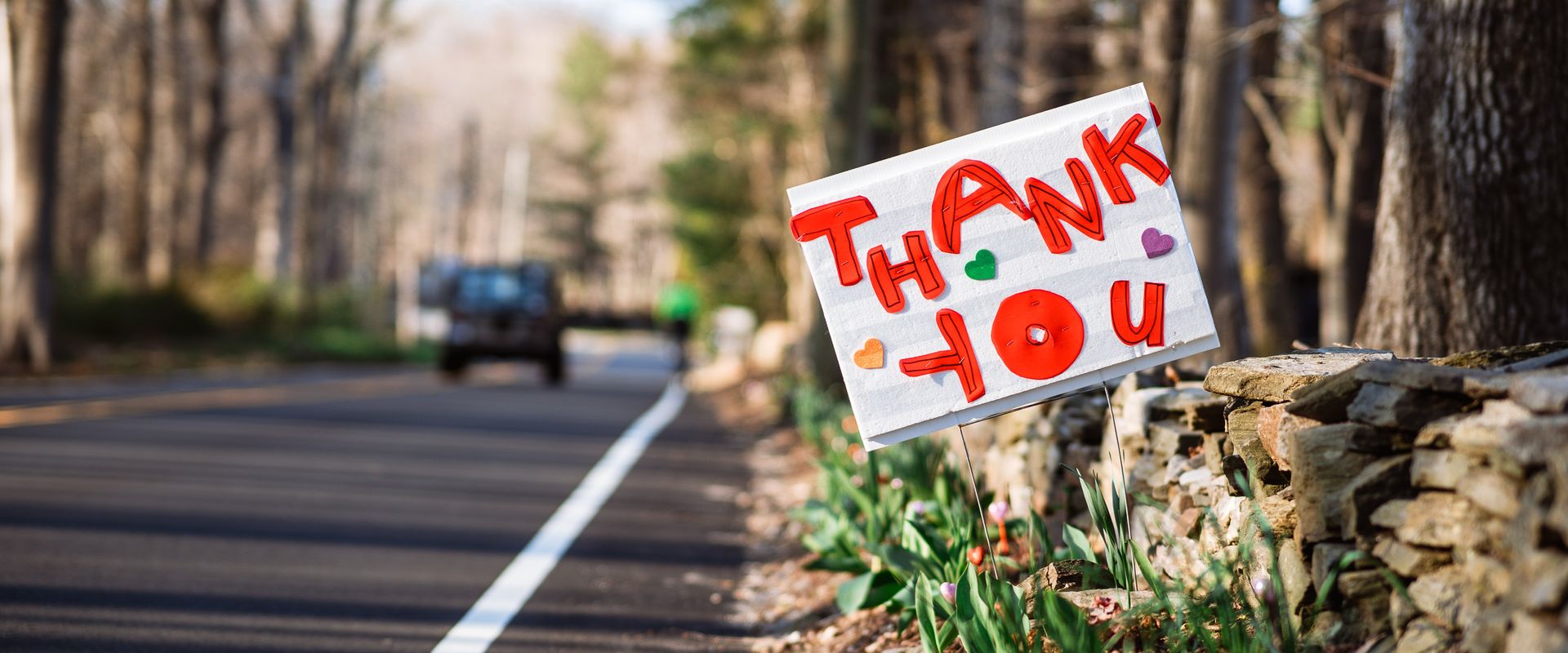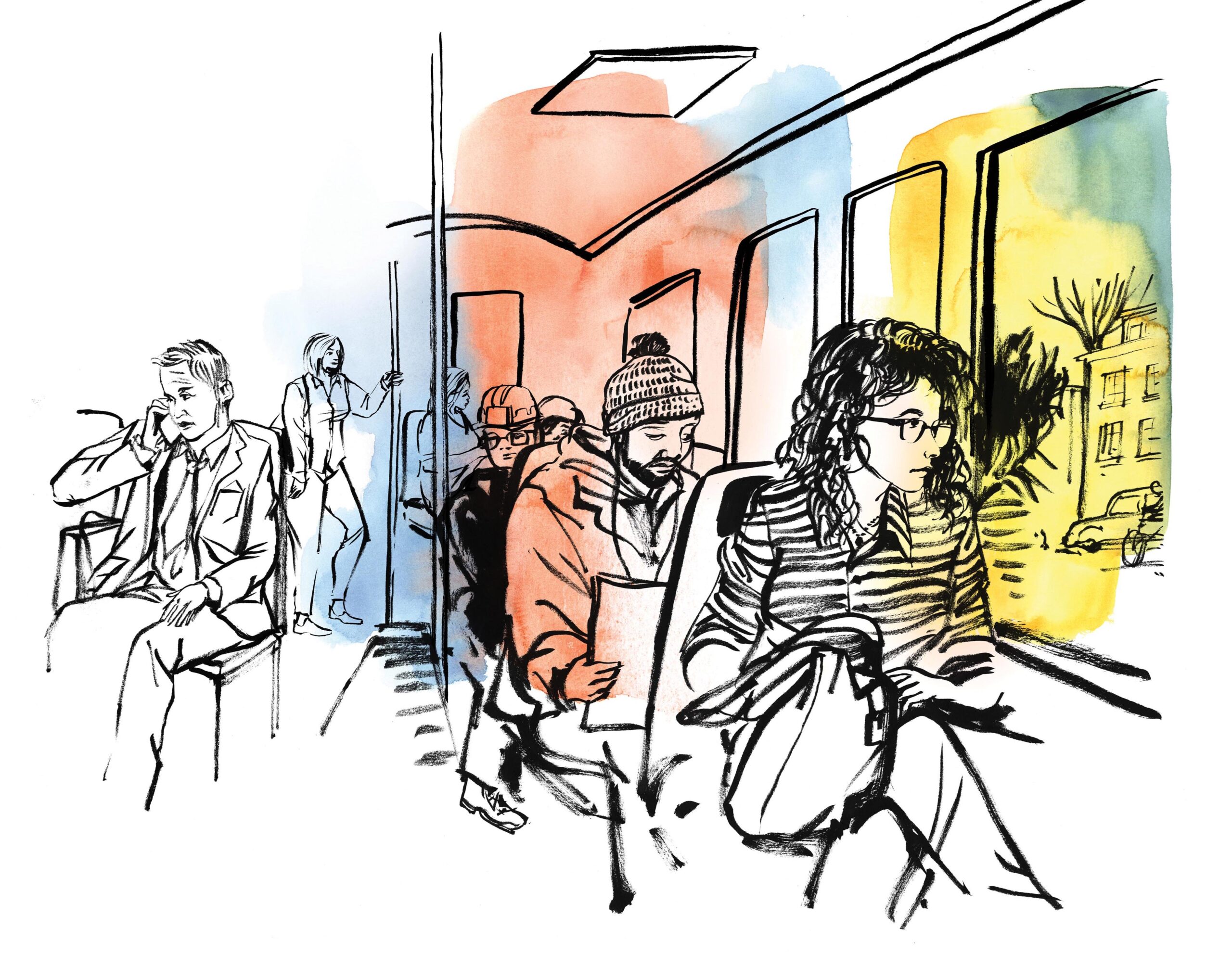Kids don’t seem to mind thinking about work. Not even hard work. It often captures the imagination and commands the respect of the youngest of hearts and minds to hear a story of overcoming work. Kids pretend to be firefighters, doctors, athletes, construction workers, parents, and superheroes because they enjoy thinking about work. This childlike wonder is what many of us adults need. It is not a childishness that is oblivious to pain and difficulty, but rather a faith that “believes against hope” (Rom 4:18) and inspires others to the same. Here are some favorite books and stories in our home that you might enjoy reading with the little ones in your life.
Work and purpose – Goodnight, Goodnight Construction Site
In Goodnight, Goodnight Construction Site the “tough trucks work with all their might.” The crane truck, cement mixer, dump truck, bulldozer, and excavator all have hard work to do. The ground is rough, the loads are heavy, and the beams must be lifted to the sky. All of the trucks need to rest after a long day. The hard work and loud noises usually evokes a sense of awe. How else are big buildings and strong roads built?
Work and love – I Love You, Stinky Face
I Love You, Stinky Face is about a young boy who asks his mom — “Would you still love me?” — and then imagines becoming all sorts of creatures. From a big scary ape to a super smelly skunk, an alligator with big, sharp teeth to a terrible meat-eating dinosaur, from a swamp creature to a green alien from Mars, and finally a one-eyed monster; would his Mama really love him still? She pledges to make the ape a birthday cake out of bananas, give the skunk a bubble bath, buy the alligator a bigger toothbrush, make a mountain of hamburgers for the dinosaur, move to the swamp to be close to the creature, and fill a lunch box for the alien with spiders and ants — whatever needs to be done to show love to whoever the young boy becomes. True love is experienced in faithful work.
Work and kindness – Little Blue Truck
In Little Blue Truck, the truck kindly greets the big green toad, a sheep, a cow, a piggy, a chicken and her chick, a goat, a horse, and a duck while driving around. Then, a yellow dump truck comes barrelling through “with big important things to do” and doesn’t have time “to pass the day with every duck along the way.” In too much of a hurry to be kind, the dump truck is also in too much of a hurry to avoid getting stuck in the mud ahead. The dump truck honks for help, but the animals do not respond. Unexpectedly, the little blue truck does. Kindness in this moment is hard, and it moves the rest of the characters out of their indifference into action as well. Then, kindness leads to repentance on the part of the dump truck who now sees that “a lot depends on a helping hand from a few good friends!”
Work and empathy – Otis and the Scarecrow
In Otis and the Scarecrow, the farmer raises a scarecrow in the summer “back when the corn was tall and ripe.” Initially, it worked, the crows scattered. Otis the tractor and the farm animals were excited to welcome a new friend to the farm, but their greetings and enthusiasm were never reciprocated. The scarecrow simply “stood there” with “a sour look on his face.” Eventually, even the crows returned. As summer passed, the crows “perched, picked, and pecked at the scarecrow.” When harvest time arrived, the farm was bustling with activities for family and friends. Joy abounded for everyone, except the scarecrow. Then, one particular cold rain set in causing everyone to seek shelter. Huddled under the apple tree with his friends, Otis couldn’t take his eyes off of the scarecrow, wondering how he must feel, alone and exposed to the cold rain. Otis moves out from under the cover of shelter and places himself next to the scarecrow to endure the cold rain together. Here again, the difficulty of the work inspires others to join in.
Work and imagination – Violet the Pilot
In Violet the Pilot, the Van Winkles manage a junkyard and their daughter, Violet, prefers monkey wrenches and needle-nose pliers to dolls and tea sets. A mechanical genius, Violet utilizes the junkyard to create various flying contraptions: the Tub-bubbler, the Bicycopter, the Rocket Can, the Pogo Plane, the Slide Glider, and the Wing-a-ma-jig. In school, however, her genius and unique interests are a source of ridicule and bullying, rather than admiration. Maybe competing in an air show and winning a prize would gain the affection of her classmates? So Violet sets out to build a new plane, The Hornet, and compete. En route to the big air show, Violet noticed a Boy Scout troop in distress in the river below. She “knew she had to help…fast.” She rescued them all and as a result completely missed the big air show. She felt miserable, having no appetite for dinner that evening. Until…the press, the mayor, the fire and police chiefs, and “even kids and teachers from school” came to her home to praise her for the rescue. The right thing to do was the hard thing to do, and she became a hero for it.
Work and frustration – The Day the Crayons Quit
In The Day the Crayons Quit, a young man named Duncan gets an unexpected stack of letters from his crayons. Red feels like he works harder than the rest throughout the year, and often has to work on holidays. Purple has a complaint about coloring outside the lines, beige feels underappreciated, gray is exhausted, and white feels useless. Black feels limited, green can’t stand the drama between yellow and orange about which is the true color of the sun, blue doesn’t want to be the favorite color anymore, pink feels neglected, and peach is naked. Everyone is frustrated. Duncan listens to all of their frustrations and creates a new and beautiful picture. There is an orange whale, a green ocean, a pink plane, a black rainbow, a peach window, a blue alligator, two small gray penguins, and a white boat. His teacher gives him an “A for coloring and an A+ for creativity!”
Kids understand from the earliest of ages the goodness and beauty of difficult work that overcomes obstacles, makes sacrifices, and helps others. It is a testimony to God’s common grace that children have this uncommon wonder at work.





